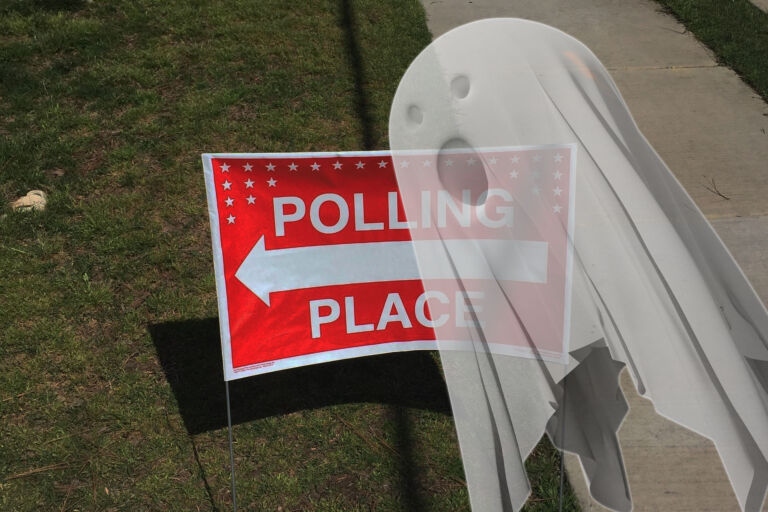Eric Levitz at New York Magazine claims the American Dream is being killed. He blames three policy decisions by which “we let” wages fall, prices climb, and the social contract fail. My colleague Mike Schietzelt raised the primary objection when sharing the article with me, that Levitz defines the American Dream in purely material terms with free money, flying cars, and free time to enjoy it all. There is plenty more to find wrong, and one thing he gets right.
Stacking the deck.
Levitz looks back to the 1960s, when Europe and Japan had recovered enough to purchase American goods but were not yet strong competitors in core areas of the economy, as the standard against which everything should be measured. He then ignores the economic devastation of stagflation in the 1970s, instead jumping ahead to the Volcker effort to restore price stability in 1980. A number of government and corporate policies of the 1960s were based on an assumption of perpetual growth. The costs only became apparent years later.
Missing connections
The US did not impose limits on health care or education. Instead, government subsidies for health insurance and higher education stoked demand while regulatory restrictions prohibited supply from growing to match. Not all of the supply constraint is due to government regulations. Nobody forces elite schools to stay small, but Certificate of Need laws allow hospitals to corner local markets. Market concentration in health care is a key factor in higher health prices.
Occupational licensing and other labor market constraints have led more people to start college, though not all of them finish. One in four jobs is subject to government permission, overseen by incumbent practitioners.
Employer-sponsored health insurance not only makes health care more expensive, but it also leaves less money for wages. In the same way, women entering the workforce expands the availability of workers, which would translate into higher wages for women, but lower wages for men even as technology and trade were already weakening the demand for workers in manufacturing. The displacement of men from some fields may have contributed to the push for licensing in other fields. Levitz does note that the entry of women into the workforce did increase demand for out-of-home daycare and early education.
Housing regulations
On housing, Levitz diagnoses the underlying problem of “restrictive zoning on the local level — and policies that favor homeowners over renters and foster asset-price inflation on the federal one.” He goes too far when he says these policies “have enabled landlords (and longtime homeowners who sell their properties) to extract a rising share of middle-class workers’ earnings, especially in the nation’s most prosperous metro areas.” More importantly, he misses the impact of rent controls in cities and states. Zoning restrictions and rent controls alike favor incumbents over newcomers, artificially limiting supply of housing and raising prices for what becomes available.
Martin Luther King, Jr., traces the American Dream to the belief expressed in the Declaration of Independence that “all men are created equal with certain inalienable rights.” King says, “They [Our rights] are God-given, gifts from His hands. Never before in the history of the world has a sociopolitical document expressed in such profound, eloquent, and unequivocal language the dignity and the worth of human personality. The American dream reminds us…that every man is an heir of the legacy of dignity and worth.” Dignity and worth are not determined by income, housing, or a college education.


